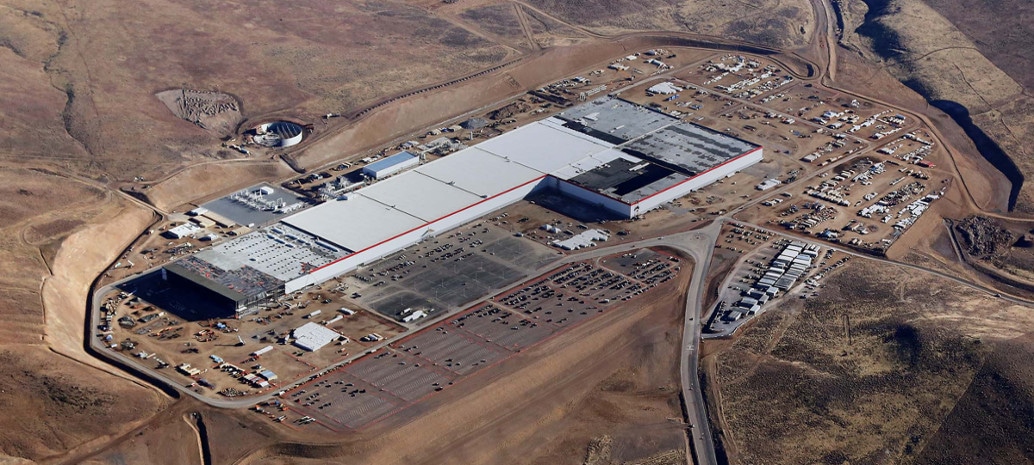A critical mass of electric vehicles (EVs) on today’s highways and byway may still be many decades away, but the steadily rising demand for EVs is already having a tangible impact on the price of batteries, with lithium-ion-based chemistries set to benefit the most, according to a new report by Lux Research.
In a new study titled Future Costs of Stationary Energy Storage: Evaluating Li-ion and Flow Battery Cost Reductions and Application Fit, the authors at Lux Research have found that for stationary storage systems li-ion technology will enjoy the sharpest cost reductions chiefly because of the economies of scale afforded by the EV industry.
Flow battery technology, meanwhile, will enjoy advantages as the sector matures and begins to place additional cost pressures on larger storage systems. Flow technology can already offer a compelling cost case for long-duration applications, and it is these that may well prove more popular as the size of stationary storage increases.
“Li-ion has a lower levelized cost of storage (LCOS) at most duration and system sizes,” said report author Tim Grejtak, “but the amount of space required starts to drive up costs at larger scale.”
Grejtak added that this presents an opportunity for emerging flow technology, “which can change this landscape by driving down costs.”
The Lux Research analysis modelled a range of different battery chemistries including those made with vanadium, zinc-bromide and organic/metal compounds, and compared them across a large parameter space to determine the thresholds at which each type became viably affordable.
Solely on costs alone, li-ion offered a round-trip efficiency of 83% compared to vanadium-flow’s 65%, and good LCOS of around $0.37/kWh. The optimum storage size of li-ion batteries ranged from 75 kW to 100 MW, and cycles of anywhere between 15 minutes to eight hours.
For flow batteries, the involvement of Lockheed Martin in the space could expedite cost reductions of this chemistry. The report projects that by 2018 the U.S. conglomerate’s work on a metal complex chemistry will make flow technology highly competitive in the four-hour duration market, although costs are unlikely to dip below $0.35/kWh.
The Lux Research report concludes that diversification of battery chemistries and the storage industry as a whole will also facilitate cost reductions, with application stacking and multiple value streams gaining importance, dragging average storage costs below $0.30/kWh by 2036.
This content is protected by copyright and may not be reused. If you want to cooperate with us and would like to reuse some of our content, please contact: editors@pv-magazine.com.








By submitting this form you agree to pv magazine using your data for the purposes of publishing your comment.
Your personal data will only be disclosed or otherwise transmitted to third parties for the purposes of spam filtering or if this is necessary for technical maintenance of the website. Any other transfer to third parties will not take place unless this is justified on the basis of applicable data protection regulations or if pv magazine is legally obliged to do so.
You may revoke this consent at any time with effect for the future, in which case your personal data will be deleted immediately. Otherwise, your data will be deleted if pv magazine has processed your request or the purpose of data storage is fulfilled.
Further information on data privacy can be found in our Data Protection Policy.